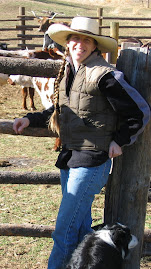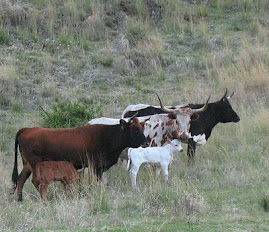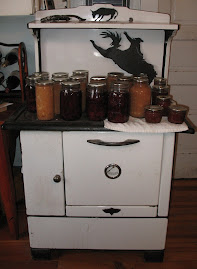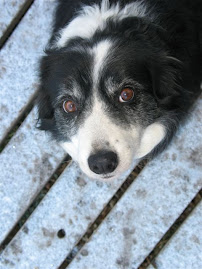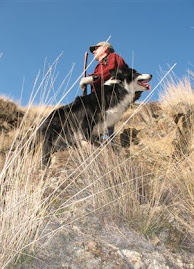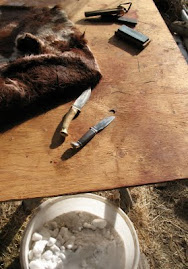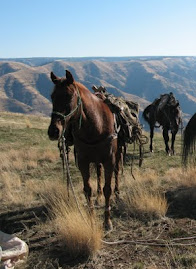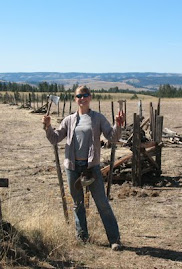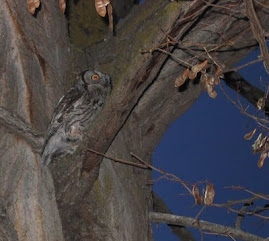
Pop Pop, as grandson Dawson calls him, is headed to Yerevan again. When Mike was first asked to go to Armenia to work on a pastoral systems project, I had to look on a map to figure out where it was. It's over there next to Turkey, below Georgia and above Iran.
This is his third trip, and the last for this year. He has been too busy to educate me much about it, but so far I've learned that their main breed of cattle are a cross of native Caucasus cattle and Brown Swiss, which they hoped would increase milk production for their dairy operations. The "beef" they raise comes from bull calves that are weaned at three months and put on pasture for a year. They do not castrate and the beef animals do not gain very well and are maybe only 400 - 500 pounds when slaughtered.

It sounds like the villages have some good options for improving their management and increasing the yields from their livestock operations. These could include managing dairy and beef animals as separate herds, allowing the beef herds to be grazed on pastures further from the village, castrating non-breeding bulls, and implementing a range management approach based on
ecological principals.


There was a time when I would not have pictured Mike as a scientist, but now it seems to make perfect sense. If a horse wreck had not laid him up and sent him down the college path, he might have just kept working on ranches as a hired hand. In fact, once he was back in the saddle, ranch work kept him sane while he pursued his education. Between semesters he took winters off to herd cattle at Dug Bar on the Snake River, or summers to work for the US Forest Service Range department. The ranchers we worked for, like Joe Collins of the Hubbard Ranch, were incredibly supportive.
Mike spent quite a lot of the next ten years away from home, three of those in Idaho. I cherished the months, weeks and days when he could be home with us, and especially the ones where the family was all together, wintering in cow camp, herding cattle on the craggy canyonsides. It was amazing to be on the range with him, watching him apply what he was learning, and seeing the ecological system of climate, topography, plants and animals through his eyes.
I drove him crazy with questions and I still do. He is mostly patient. He is mostly quiet. But I know that underneath the hours and hours of hard work, whether building a fence or packing out salt block, calculating stocking rates or planning a restoration project, he sees the big picture and our little place in it.
From Sara at Magpie Ranch, home of Bunchgrass Beef.


